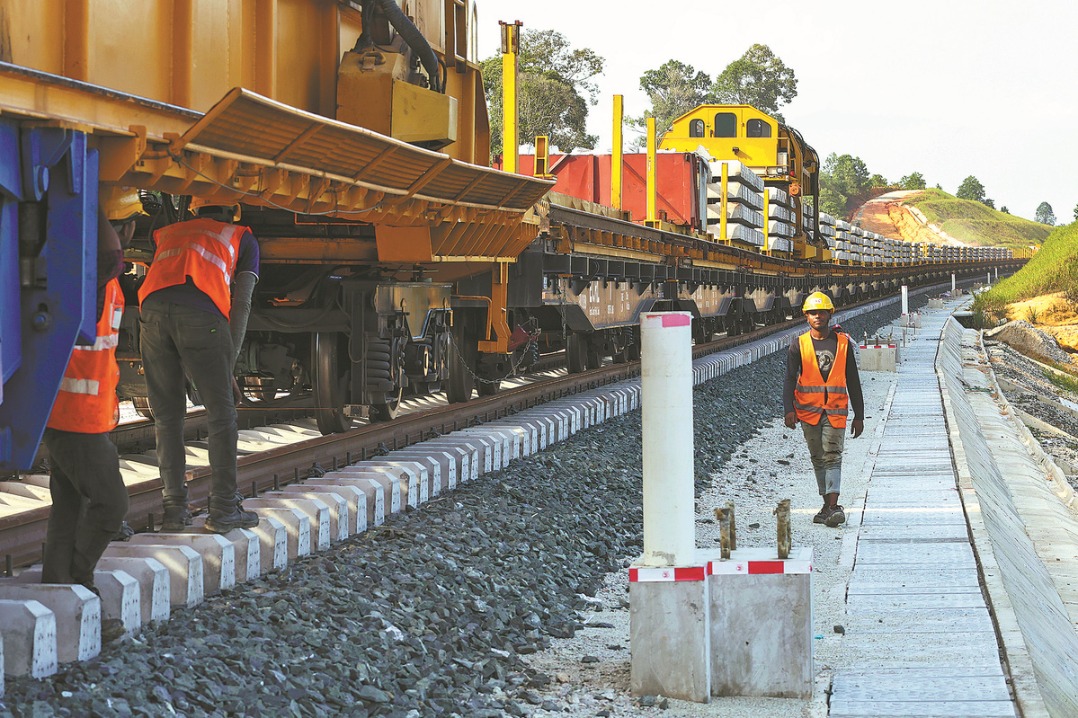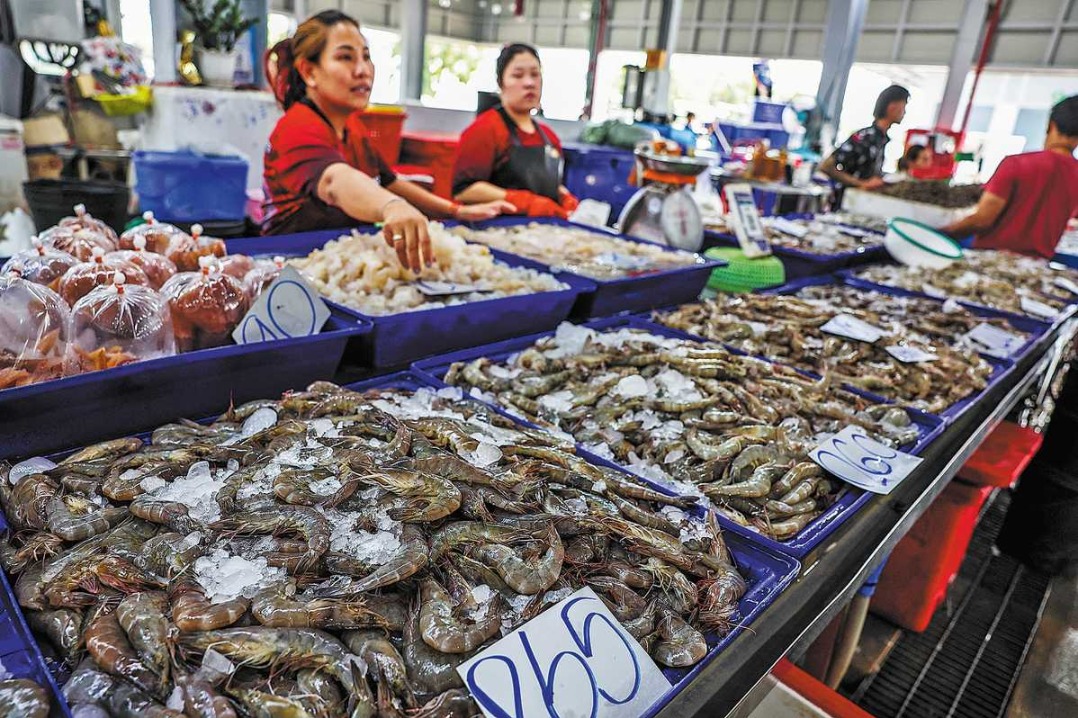Bilateral trade helps China-Malaysia ties
Infrastructure and agriculture prime sectors of business


At a recent joint operations and maintenance agreement signing between CCCC and MRL in Putrajaya, Malaysia, Chinese Ambassador to Malaysia Ouyang Yujing noted that the ECRL would play a pivotal role in driving growth, creating jobs and improving livelihoods. He expressed hope that both sides would continue to operate and maintain the project effectively, thereby maximizing its economic and social returns.
Malaysian Transport Minister Anthony Loke Siew Fook also underscored the importance of the ECRL as a crucial land bridge connecting Malaysia's eastern and western coasts. He said that by linking Kuantan Port and Port Klang, the railway would significantly enhance logistics efficiency and help Malaysia better integrate into the global trade network.
RCEP as a platform
Further reinforcing regional cooperation, China's Guangxi Zhuang autonomous region announced on April 7 it will leverage the Regional Comprehensive Economic Partnership to broaden and deepen trade with Malaysia. The initiative aims to expand bilateral trade volumes and contribute to building a closer China-ASEAN community with a shared future.
As China's only provincial-level region with both land and sea borders with ASEAN, Guangxi has been working to scale up trade with Malaysia. From January to February, Guangxi's total imports and exports with Malaysia surged to 2.9 billion yuan ($396 million) — up 63.2 percent year-on-year. Among the standout exports from Guangxi are lithium-ion batteries and electric vehicles. On the import side, Malaysian crude oil, palm oil, bird's nests, nuts and frozen fruits are enjoying robust sales in Guangxi's domestic markets.
Two-way investment between Guangxi and Malaysia is also becoming more dynamic. As of March, Guangxi had filed 58 non-financial investment projects involving Malaysian enterprises and institutions, with a cumulative actual investment of $1.37 billion. In addition, local companies had completed foreign engineering contracts worth a total of $210 million, with investments spanning manufacturing, mining and services.
Notably, the China-Malaysia Qinzhou Industrial Park in Qinzhou, Guangxi, and the Malaysia-China Kuantan Industrial Park in Malaysia's Pahang state have pioneered the "Two Countries, Twin Parks" model, offering a new platform for cross-border industrial collaboration. By the end of 2024, the Qinzhou park had registered over 30,000 enterprises, with signed investment agreements surpassing 340 billion yuan. Meanwhile, the Kuantan park saw signed investments exceeding 46 billion yuan.
Malaysia's consistent participation in the China-ASEAN Expo over the past 21 years further underscores the strength of bilateral ties. Since 2004, more than 2,400 Malaysian companies have participated in the event, generating over $1.4 billion in sales.
Guangxi plans to continue diversifying investment channels, implementing pre-establishment national treatment and a negative list system for foreign investors. Efforts will also focus on expanding exports of high-tech products such as lithium-ion batteries, ICs, construction machinery and new energy vehicles.
wangjinhui@chinadaily.com.cn
































